Formula SpeedLock
There’s a technology that’s been around for a dozen years. It’s an in-line hydraulic quick-connect and the Italian bike component company Formula made it. It’s called the SpeedLock. The need for this tech wasn’t as acute when it was first developed, but the industry trajectory over the past half-decade has bent directly toward this tech.
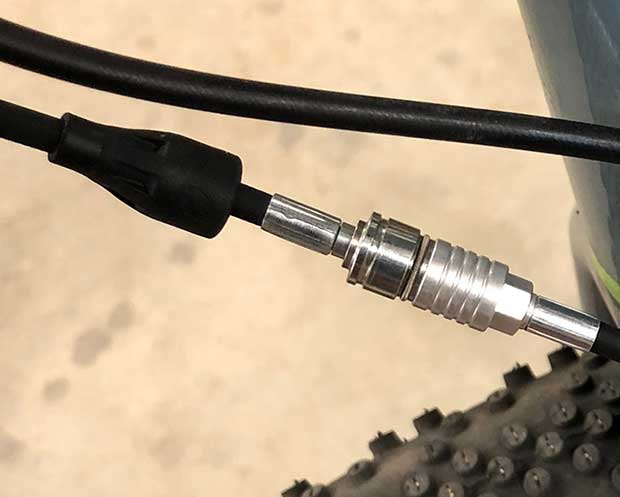
The easiest way to express this is by using an example. I’ve got a beautiful tri bike in my workshop and below is a detail pic showing the front brake’s hydraulic line running down into the steer column. If I want to change the stem on this bike, I’d better not have anything on my schedule. I’ve got to disconnect the hydraulic line at the brake caliper – or at the lever – fish the internally routed hose out of the bike; change the stem; reroute and refix the line; and then bleed the brakes. There is no other way.
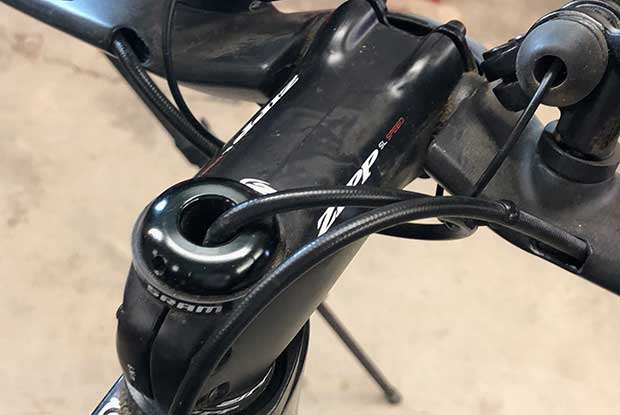
Imagine if a Formula SpeedLock was installed. I just disconnect the junction, change the stem, reconnect, and I’m ready to roll. Instead of a 10 minute job becoming a 60 or 90 minute job (assuming I have all the tools), a 10 minute job (changing a stem) becomes an 11 minute job.
I first became aware of this product when I saw mention of a new tri bike, made by Kú Cycle, with whom my old friend Richard McAinsh is attached, because I saw this device on that company’s tri bike. I asked Richard and he put me in touch with the folks at Formula. I’ve berated myself from then ‘til now because of all the bikes that have passed across my transom that needed this, and I didn’t know it existed.
Richard was smart enough to include this as original equipment on this bike because, of course, we internally route all our cables, and all our new tri bikes now have hydraulic brake lines. If we want to travel with our bikes, and that requires disconnect of cables or lines, this makes the whole thing much easier. If we want to change a stem on our bikes, and the lines run through either the stem or the steerer, this is how you do it.
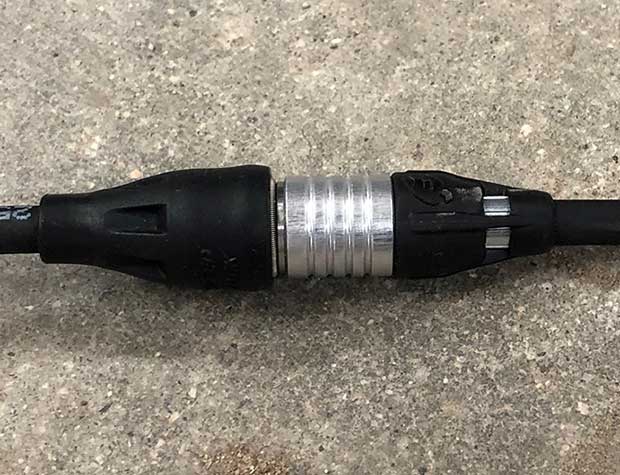
I suspect when this product was first developed the need wasn't as acute. But I had to change a stem on the Cervelo Caledonia 5 and – hoo boy – that was an afternoon I’m not going to get back. Had that bike been spec’d with this kind of tech, again, it’s just a few minutes. If I owned a Cal5 – which is a terrific bike which I mourned losing when I had to give it back to Cervelo – the very first thing I would do is replace the existing hydraulic lines with Formula SpeedLocks.
That established, the Cal5 is so good at hiding the lines that there’s very little of each hydraulic line that is exposed. But they have to come out sometime and, at a minimum, I’ve seen the SpeedLock – or a version of it – right at the road control (brake/shift lever). So, worst case, I’d have to unwrap the handlebar tape down to the lever, fish the cables out of the handlebar to the stem area, change the stem, and reconnect everything. But, still, no need to shorten the hydraulic line, no need for a new needle and olive, no need to rebleed the brakes.
Best, of course, if our bikes today were made so that just enough of the hydraulic line was available for SpeedLocks to be accessible to the user – say, right at the point the hydraulic line leaves the handlebar and enters the stem.
Here’s how the thing works, more or less:
I bought mine online from Modern Bike. The pair of these set me back about $100. You can’t get just the quick-connect hardware – you just buy the whole length of housing with the connection in-line. You then replace your hydraulic line in your bike – I experimented on my OPEN WI.DE gravel bike – and other than somehow forgetting to put one of the two rubber boots in-line I got it all together. It wasn’t any harder than replacing a hydraulic line, except you have to grab the line at each end of the bike and push in or out until you get the connector exactly where you want it, then you cut the housing at the brake lever and at the brake caliper, hook it all up, bleed it, and go.
In the images here you only see one connector because I took this bike out over the weekend, rode for 2-plus hours, up and down 3600 feet, to see if it ever didn’t work. I wanted at least one brake I could rely on. But so far – early on – I haven’t found any downside to having this in-line connection. And by the way, there’s one of the two rubber boots that somehow didn’t make it onto my bike when I assembled the SpeedLock onto my bike. You can see those two boots in the SpeedLock in the pic above, as it sits on my shop floor, but you’ll see it’s missing when assembled on my bike. User error. Hence the need for Velofix in our lives.
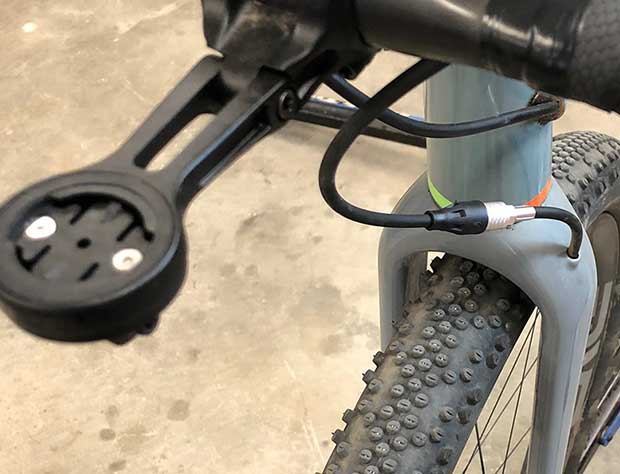
This or something like it really needs to be on every bike maker’s internally routed bikes, and these tend to be tri bikes or aero road bikes. They’re not necessary if the bike is made in a way that allows parts – like stems – to be changed without decabling the bike, and/or if the bike can be broken down for bike case travel without undoing hydraulic lines. The fact is, we travel. We travel with our bikes. Other folks? I can’t speak for them; but I can speak for us, and the requirements for successful use by triathletes at the pointy end of the spear means a degree of user-friendliness on our bikes which are inevitably built nowadays with internal hydraulic lines.
Distribution of this product if you live in the North America is… nonexistent? I don’t know, but pretty close. I couldn’t find this product on my home continent other than at Modern Bike. I don’t want to get all soapboxy, but a theme of mine for some years now has been: Yes, manufacturers, make bikes that are more aero, lighter, and so on. But there should be a discipline you exercise during product design. Every time you give us something better, you must not offset that by taking away something vital, e.g., you can’t make the bike more aero but then take away my capacity to change the stem, or pack my bike for airline travel. The SpeedLock is technology that, at least potentially, would allow a bike maker to make me a better bike without compromising the capacity of that bike in the course of normal use.
So, why haven’t all the other companies – from big brands to small – deployed the SpeedLock as original equipment? I don’t know who dropped the ball on this. Perhaps Formula was not as good as it could have been at prosecuting the value of this product; or for not delivering and pricing this product in ways that make it palatable for OEs. I'll let OEs (bike makers) take a mulligan if they didn't know this product existed (though Richard McAinsh did). Water under the bridge. One hopes everyone who needs to know about this product in our market will know about it now or soon, and we'll see in-line hydraulic connections in common use in those applications that mandate it.



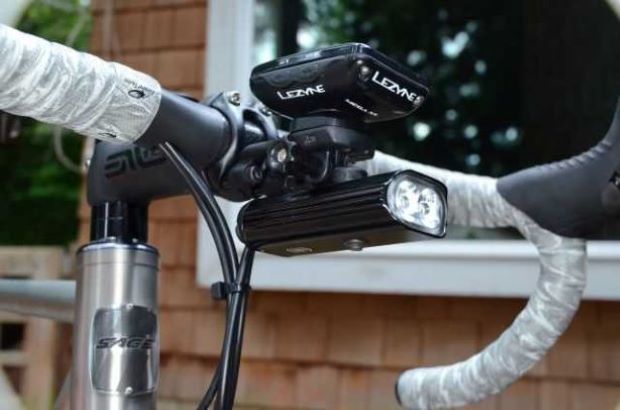
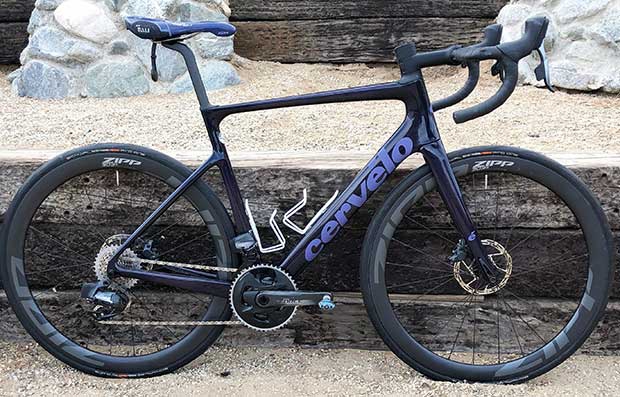
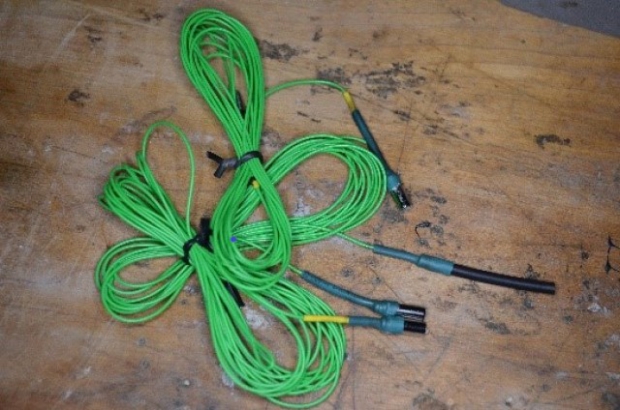

Start the discussion at forum.slowtwitch.com